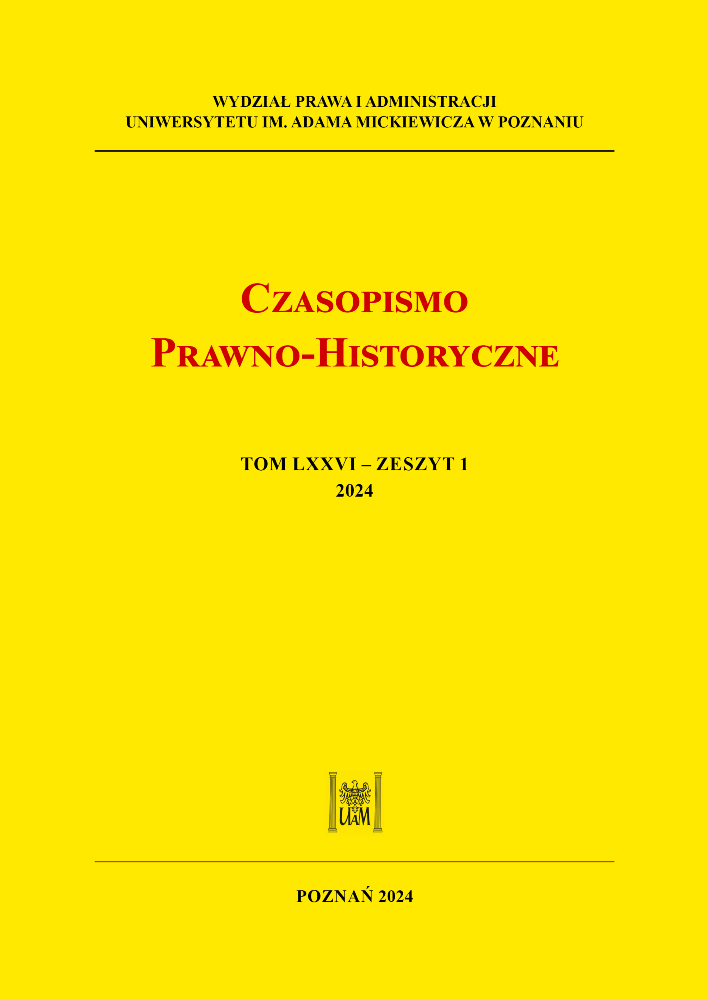Wzorce sowieckie w prawie polskim po 1944 r. - Zagadnienia wybrane
Soviet models in Polish law after 1944. Selected issues: Zagadnienia wybrane
Author(s): Adam LityńskiSubject(s): History of Law, Criminal Law, Civil Law, WW II and following years (1940 - 1949), Post-War period (1950 - 1989)
Published by: Uniwersytet Adama Mickiewicza
Keywords: courts; repressions; sovietization;
Summary/Abstract: The article presents the state of affairs in Poland after 1945. As a result of the agreement of the Big Three (Roosevelt, Churchill, and Stalin) at the Yalta Conference in Crimea (February 1945), the states of Central and Eastern Europe were handed over to Stalin, who promised to hold free elections. However, even though the (non-communist) pre-war Polish law was initially still in force in order to keep up appearances, new models were brought to Poland from the Union of Soviet Socialist Republics, which were to be introduced by the communists. The courts were subjected to the ruling Communist Party. People without any legal education were appointed to the position of a judge to carry out the orders of the Communist Party. A similar process was carried out in regard to prosecutors. Investigations were carried out, torture was used, and people were tried in secret, especially in political cases. At the time, the task of the courts was to serve as a tool of repression, not of justice.
Journal: Czasopismo Prawno-Historyczne
- Issue Year: 76/2024
- Issue No: 1
- Page Range: 83-103
- Page Count: 21
- Language: Polish

